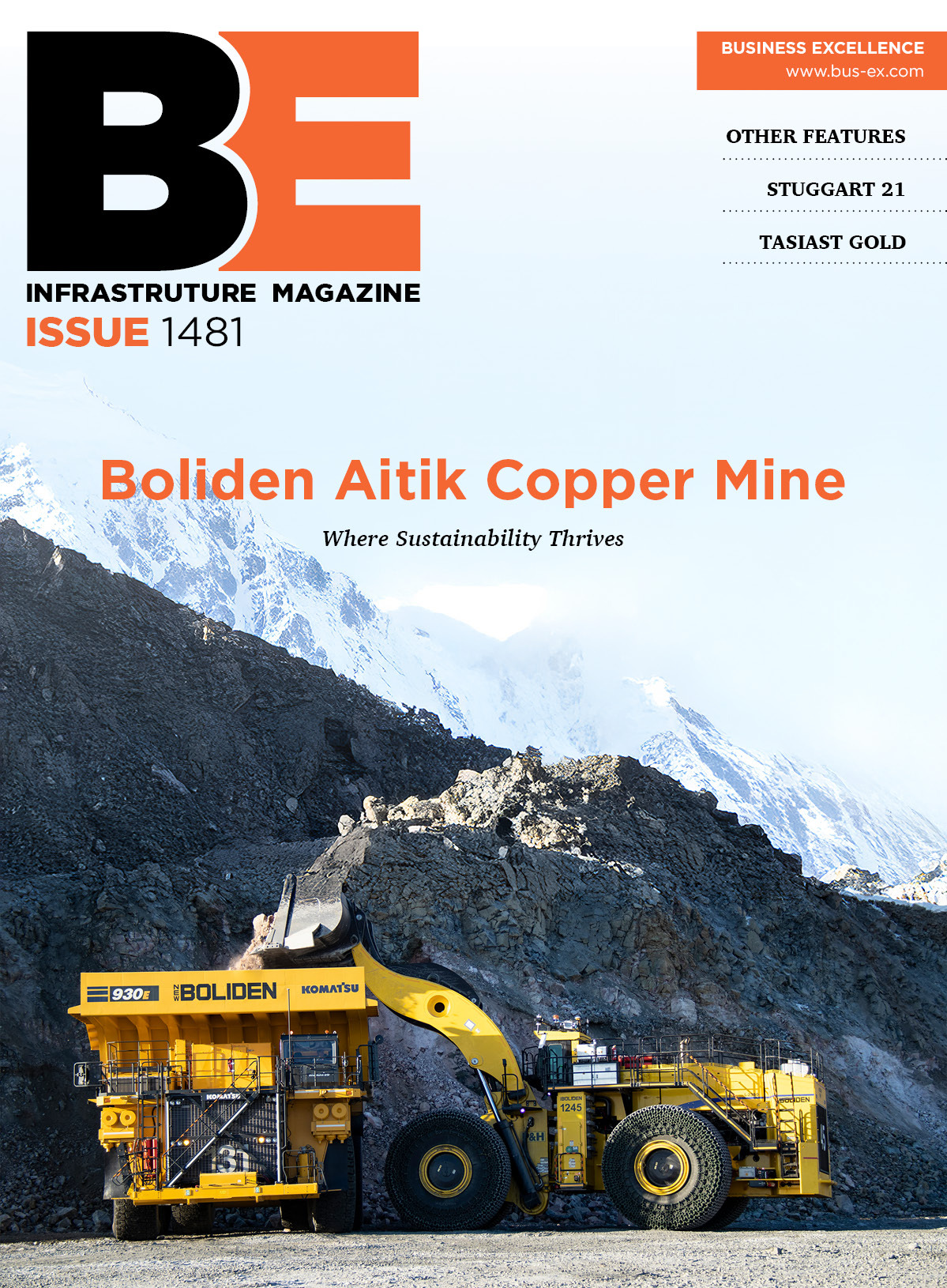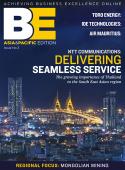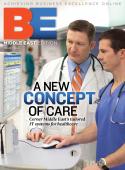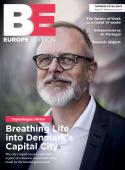Healing by designJeff Land, VP of corporate real estate for Catholic Healthcare West, explains to Gary Toushek the many facets of building and retrofitting healthcare facilities. Jeff Land knows a thing or two about hospitals. ÔÇ£Building better hospitals is not materially more expensive than building poorly designed hospitals; therefore, we need to endeavor that new hospitals be constructed using the best evidence-based design possible. New hospitals should be built properly, with patient healing in mind. Do I think an economic downturn will impact the advancement of planning and constructing new healthcare facilities? It certainly may, for those who canÔÇÖt finance or donÔÇÖt have the ability to proceed on a project they want to build. But if those projects can somehow be funded, I think they should still be built correctly, in any kind of market.ÔÇØ Land is vice president of corporate real estate for Catholic Healthcare West, the largest not-for-profit hospital provider in the western US and the eighth-largest hospital system in the nation. Founded in 1986, the CHW network of more than 9,500 physicians and approximately 53,000 employees serves a population of 22 million people at 41 acute care hospitals in California, Arizona and Nevada.┬á┬á┬á┬á┬á For a decade, with a staff of 30, Land has been responsible for capital construction projects over $5 million, and all acquisition or disposition of property over $1 million, as well as all energy retrofits and energy acquisition. His department currently spends an average of $1.5 million every day on new construction or retrofitting. Over the next five years it will spend from $400ÔÇô600 million per year. He uses preferred, pre-qualified service providers including architects and general contractors experienced in major healthcare construction. ÔÇ£We require the design and construction professionals we hire to use our process,ÔÇØ Land says. ÔÇ£We have a project delivery model that includes a sustainability checklist with environmental concerns. WeÔÇÖve adopted the Green Guide for Health Care (a best practices guide for healthy and sustainable building design, construction and operations for the healthcare industry), now merging with LEED. We run each project through a filter that indicates what green aspects we want to incorporate, relating to cost and so on. For example, weÔÇÖre looking at installing solar panels on the roofs of certain parking garages at hospitals in Arizona and Nevada, where the sun is devastatingly consistent. We utilize another kind of filter for aspects pertaining to creating a more healing environment.ÔÇØ WhatÔÇÖs interesting is that as Land speaks about constructing healthcare facilities, he sounds more like a physician than a real estate executive, mentioning issues such as the patient experience in a healing environment. ÔÇ£Today itÔÇÖs more important than ever to look at what patients and their families need and build an environment to deliver that, and at the same time, to deliver the highest efficacy to the space. ÔÇ£Often, when patients arrive for non-emergency treatment, whether they arrive by taxi or driven by family, theyÔÇÖre at their most vulnerable point, either ill or significantly injured. TheyÔÇÖre in an unfamiliar environment and tend to feel helpless or powerless. First, how do we get them from the street to their destination point within the hospital in a way that doesnÔÇÖt add stress? Finding oneÔÇÖs way around a strange hospital is difficult enough for someone whoÔÇÖs not a patient. Imagine the departments and service lines that have to be designed into a hospital. And because of the internal designs of each department, they canÔÇÖt all be adjacent, and codes and regulations must be met. But we also have to make it friendly enough so that even an aging baby boomer can find his or her way around. And letÔÇÖs say theyÔÇÖre in a department and are asked to wait up to an hour for test results; if they want to go to the cafeteria, they should be able to locate it and then find their way back. Sometimes even that can be difficult.ÔÇØLand has studied the science behind evidence-based design, a healthcare milestone that was discussed throughout the industry beginning in the late 1990s, and was further motivated by a watershed document, The Role of the Physical Environment in the Hospital of the 21st Century: A Once-in-a-Lifetime Opportunity, written in 2004 by a few distinguished PhDs at the Center for Health Design in Concord, California. ÔÇ£When creating healing environments in hospitals,ÔÇØ says Land, ÔÇ£we need to look at ways to empower patients and improve the quality of their healthcare experience and their visiting familyÔÇÖs experience if weÔÇÖre going to heal them faster.ÔÇØ They consider everything from hallway and room colors to the quality of lighting, to natural light, to the orientation of the room, the height of the window sillÔÇöÔÇ£Can they see outside?ÔÇØÔÇöthe floor and the ceiling materials, in terms of noise transference. ÔÇ£The quieter the space, the more a patient will sleep, and the faster theyÔÇÖll heal.ÔÇØ They consider the reflection of certain surfaces, which affects visual acuity for medical staff. Things like touchless faucets reduce the risk of microbial infection, as do seamless counters with integrated sinks, which also add to the efficacy of design. ÔÇ£We look at the patientÔÇÖs sense of empowerment,ÔÇØ says Land, ÔÇ£things like bedside controls for lighting, heat, cold, Internet via TV, and the ability to interact via closed-circuit TV. There should be areas that accommodate family members, with an Internet connection, perhaps a desk or shelving, a fold-out sofa or chair for overnight stays. The extra caring that family members can provide certainly contributes to faster healing. But itÔÇÖs not just a perception issue with color and light and so on; itÔÇÖs actually improvements in the quality of care itself. When you think about the distance, the number of steps from the nurseÔÇÖs station to the headwall of every room served by that station, thereÔÇÖs a significant impact on the potential miles walked by nurses per shift, which reduces the time spent at patientsÔÇÖ bedsides and adds stress to the nursesÔÇÖ legs and affects their ability to respond, especially near the end of a shift. These factors are more than just interesting; they make a difference in the quality of care and are high on our list of design priorities.ÔÇØSome industry analysts estimate that up to $45 billion has been spent each year since 2000, an unprecedented amount of new and retrofit healthcare construction, a volume comparable to what occurred just after the Second World War, when babies were born into a safe world and hospitals had to be built to accommodate a population explosion. ÔÇ£When this current construction boom is complete, it will have replaced or modified a large portion of those earlier hospital builds,ÔÇØ notes Land. ÔÇ£When this phase-out occurs, ramping down to a sustainable level, weÔÇÖll then be living with todayÔÇÖs decisions for several decades to come. So this is an unprecedented opportunity for smart design and construction.ÔÇ£TodayÔÇÖs consumer-driven society is having an effect on the healthcare market by wanting to be treated well, with high-quality care,ÔÇØ he continues, ÔÇ£so they make choices based on both the real and the perceived qualities of a facility. ItÔÇÖs not unusual for aging baby boomers to expect a hospital room to look and feel more like a hotel room. They also want local clinics, small and friendly, so they donÔÇÖt need to wait in busy emergency rooms for non-critical conditions. Nearly all hospitals are looking at ways to provide that kind of lower-acuity care off-campus. So we think about delivering healthcare differently, in different settings, a more distributed healthcare. We can improve healthcare service to the community, in neighborhood diagnostic and imaging clinics and labs, and deliver it at a lower cost than at acute care hospitals.ÔÇØ Land says his major challenge continues to be runaway cost escalation in construction. ÔÇ£In California from 2003 to 2007, the cost to build acute care facilities went from $330 per square foot to more than $600, and today itÔÇÖs close to $640. Steel and base metals are up between 20 and 45 percent, qualified labor costs are high. ItÔÇÖs difficult to build escalating cost estimates into planning a project that might take five to seven years from concept to completion. And imbursements are challenged right now, at state and federal levels; budgets are stressed, as are Medicare, Medi-Cal, and other, formerly safety-net programs. But IÔÇÖm an optimist. I love the fact that no two days in my career have ever been the same. And we get the privilege of making a difference in the care and healing environment of patients in our hospitals. ThatÔÇÖs rewarding.ÔÇØ┬á









